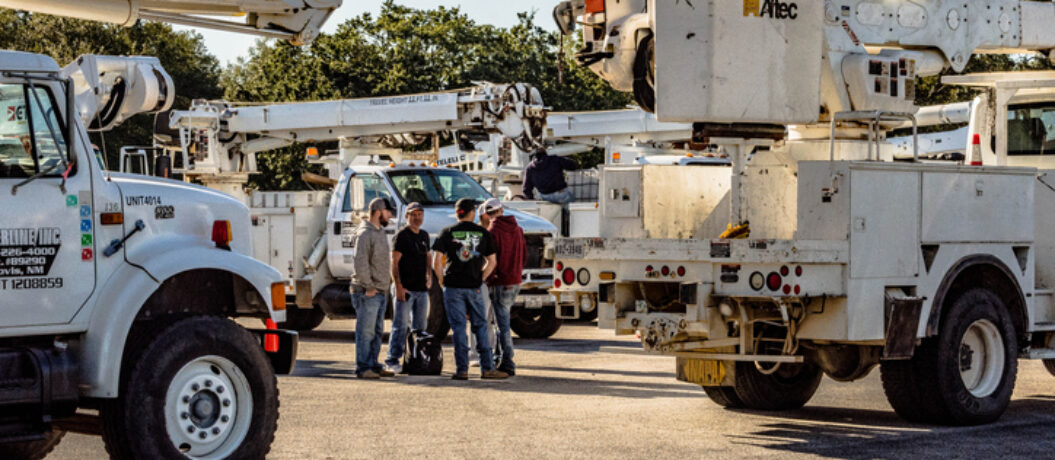“Hurricane season” for the Atlantic region runs from the beginning of June to the end of November each year. Every community needs to prepare to face these storms head-on.
Luckily, asset management software exists to help communities, like cities, counties and public works departments, plan for natural disasters, like hurricanes.
When disaster strikes, your community needs a powerful asset management software solution to help pick up the pieces.
Natural disasters, like hurricanes, flooding and tornadoes, can devastate a community. Having an established asset management software system in place helps rebuild a community after a disaster.
Know what you have, where it is and what condition it is in
After a disaster strikes, you need to know the location and condition of all of your assets. This is a core tenet of asset management practices, and having this information available is important as you are assessing your post-disaster realities.
Signs, trees, buildings/facilities, roads, drainage, hydrants, street lights and more can easily be affected by a storm. As these repairs will inevitably cost money, it it critical to track all data associated with the assets from start to finish. An established asset management software system streamlines this process so you can plan for and conduct all necessary maintenance.
Take control of your budget
Capital planning and budgeting play a major role in post-disaster recovery. It helps break down different projects needed to restore both critical and less critical systems. The software also estimates the costs associated with repairs and helps you set a plan to accomplish it all.
Don’t miss out on FEMA reimbursements
In order to qualify for FEMA reimbursements, you need to keep track of all people, work and costs associated with post-disaster repairs and replacements, as well as knowing what major projects were scheduled for the next 12 months for an affected facility. Asset management systems help by organizing all of this information, so it all becomes easily reportable for FEMA.
Incorporate risk management
Incorporating risk management into pre-storm planning helps mitigate the impact of storms on your community’s infrastructure. You need an effective risk management plan in place for what to do if damage occurs, and help prioritize response efforts.
Ask yourself: Is your community at risk of a major natural disaster? If a disaster hits, which pieces of your infrastructure network are most susceptible to damage? What is the impact if it fails? Are there any improvements or changes that can be considered for the capital plan to mitigate potential impact? (Remember: MAP-21 requires states to create a risk-based asset management plan!
Effective asset management software, like AssetWorks EAM, can help determine your risk management plan. Fill out the form below to learn more.












